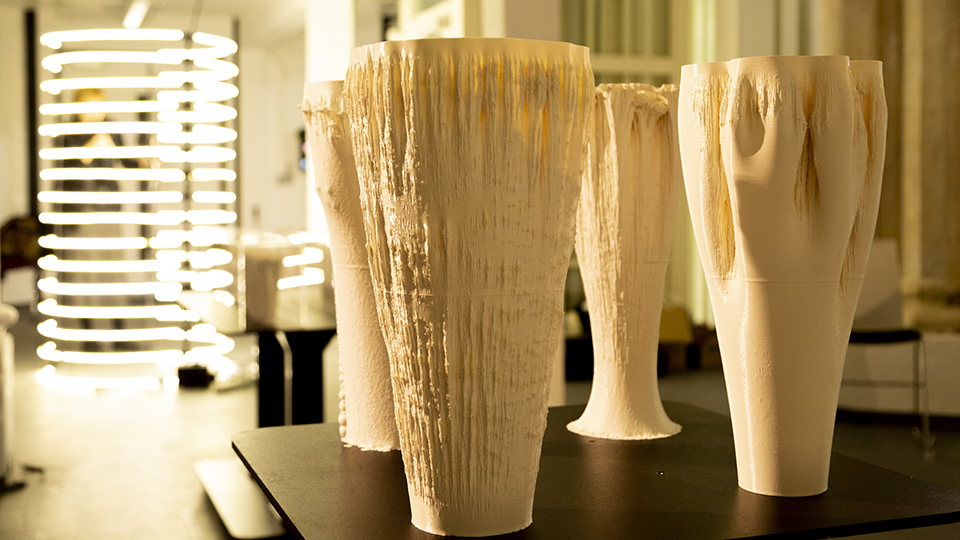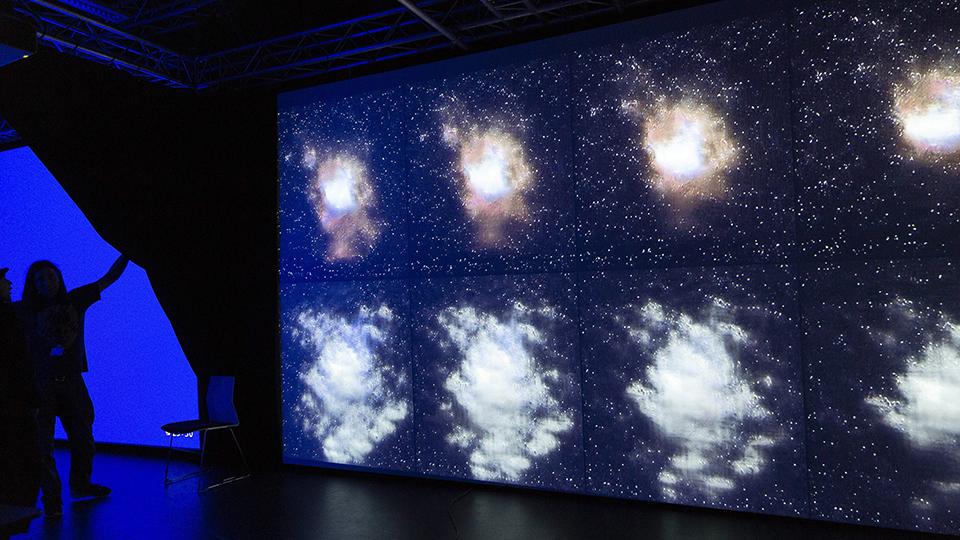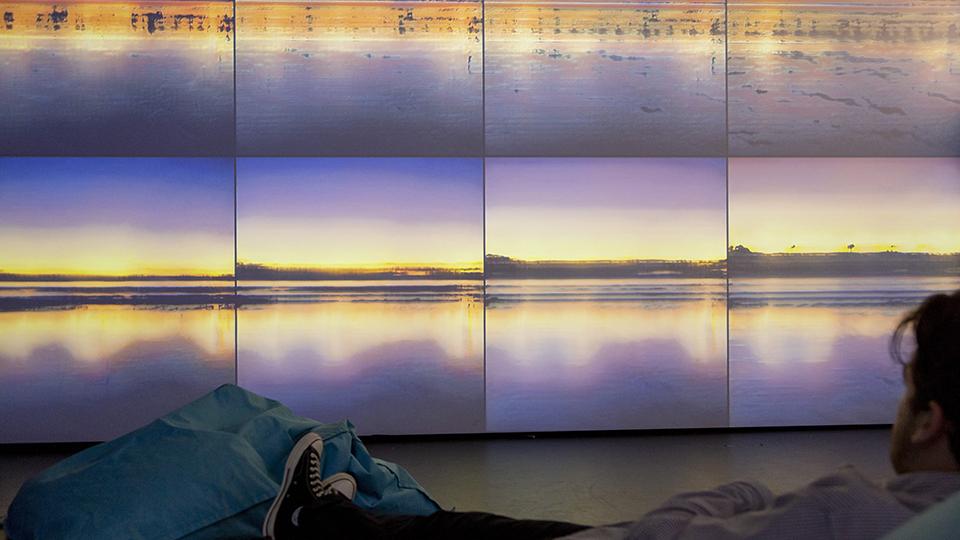Anna Frants. VISIONARY DREAMS No. 3292–3296. UNIDENTIFIED OBJECTS Multimedia installation in Borey gallery halls. Supported by CYLAND Media Laboratory. December 21–30, 2021
What is “unidentified”? A city madman without identification? Any object of unusual shape? In fact, it could be anything about which we lack sufficient information.
According to Marcel Duchamp, an artist doesn’t necessarily need to create a work of art—they can simply choose an unidentified, unknown, found object, a readymade, and place it in the context of a museum or gallery, thus turning it into an objet d’art.
A character in a Soviet-era film says he’ll attach “a thing like this” to a readymade object, “and it will fly”—becoming an unidentified flying object, even if not in the shape of a saucer. Anna Frants, a new media artist, “attaches” electronic devices or “things” to readymade or repurposed objects. These objects might not take flight, but they will be ready to comprehend the cosmos and explore the chaos.
“Simple Pleasures.” Installation. Cinegraphs, robotics, mixed media. 2021, St. Petersburg. With support from the CYLAND Media Laboratory
Borey Gallery December 21 – 30, 2021




